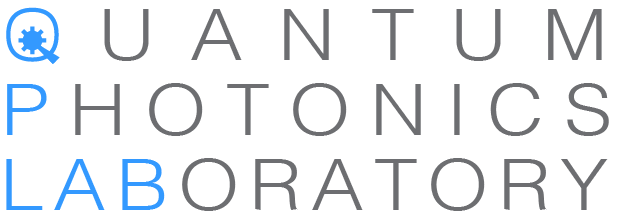May 1, 2024
We are excited to announce that Ritik has joined our team at QPLabs. Ritik brings a fresh perspective to our research group. We are confident that his contributions will be invaluable as we continue to push the boundaries of quantum computing research and innovation.
Please join us in welcoming Ritik to the QPLabs family!
Feb 23, 2024
Congratulations to Yang and our collaborators!
This work represents the first demonstration of precise control over independent Hamiltonian terms to realize quantum state evolutions in a large-scale reconfigurable photonic waveguide array. A series of experiments that implement different physical dynamics have been performed, equivalent to more than 2500 static devices.
This breakthrough is significant because it enables the study of multiple condensed matter quantum dynamics with a single device. Compared to other state-of-the-art technologies, our platform with electro-optic control offers several advantages, including overcoming cross-talk limitations of thermo-optic control, providing a more effective coupling region, and requiring less bending area. This platform also enables ultra-fast and more precise control with lower power consumption.
Furthermore, this new structure has a wide range of potential applications, such as simulating higher dimensional systems and processing quantum information. Variants of this new technology can be anticipated to replace the need to fabricate thousands of static devices, allowing for high-level control of the independent parameters.

Link to the article
https://www.nature.com/articles/s41467-023-44185-z
Feb 23, 2024
Our recently published work shows the first experimental demonstration of a new quantum system identification and control technique that adds the benefit of machine learning to the physical insight of classical fitting models, namely “graybox quantum control on a quantum device”. The method overcomes the main limitation of machine learning, which is not providing information on the physics of a quantum process, while outperforming traditional model fitting approaches. This technique adds to the flexibility and power of machine learning by enabling the preparation of unitary gates and Hamiltonians, which is not possible with standard machine learning methods, such as neural networks. Applied to our designed and fabricated quantum photonic device, the results show superior performance in terms of the experimentally measured controlled performance. Moreover, the method uncovered a new enhanced physical model that goes beyond the standard well-known device model.

https://www.nature.com/articles/s41534-023-00795-5
Aug 31, 2023
We are organizing a focus session on Quantum Control during AIP Summer 2023. For more details check the flyer.
Aug 11, 2023
We are currently seeking an exceptional Ph.D. candidate to join our team. Additional details can be found here.
Jun 29, 2023
QPL is hosting a quantum control workshop on the 13th of July 2023. For more details click here.
